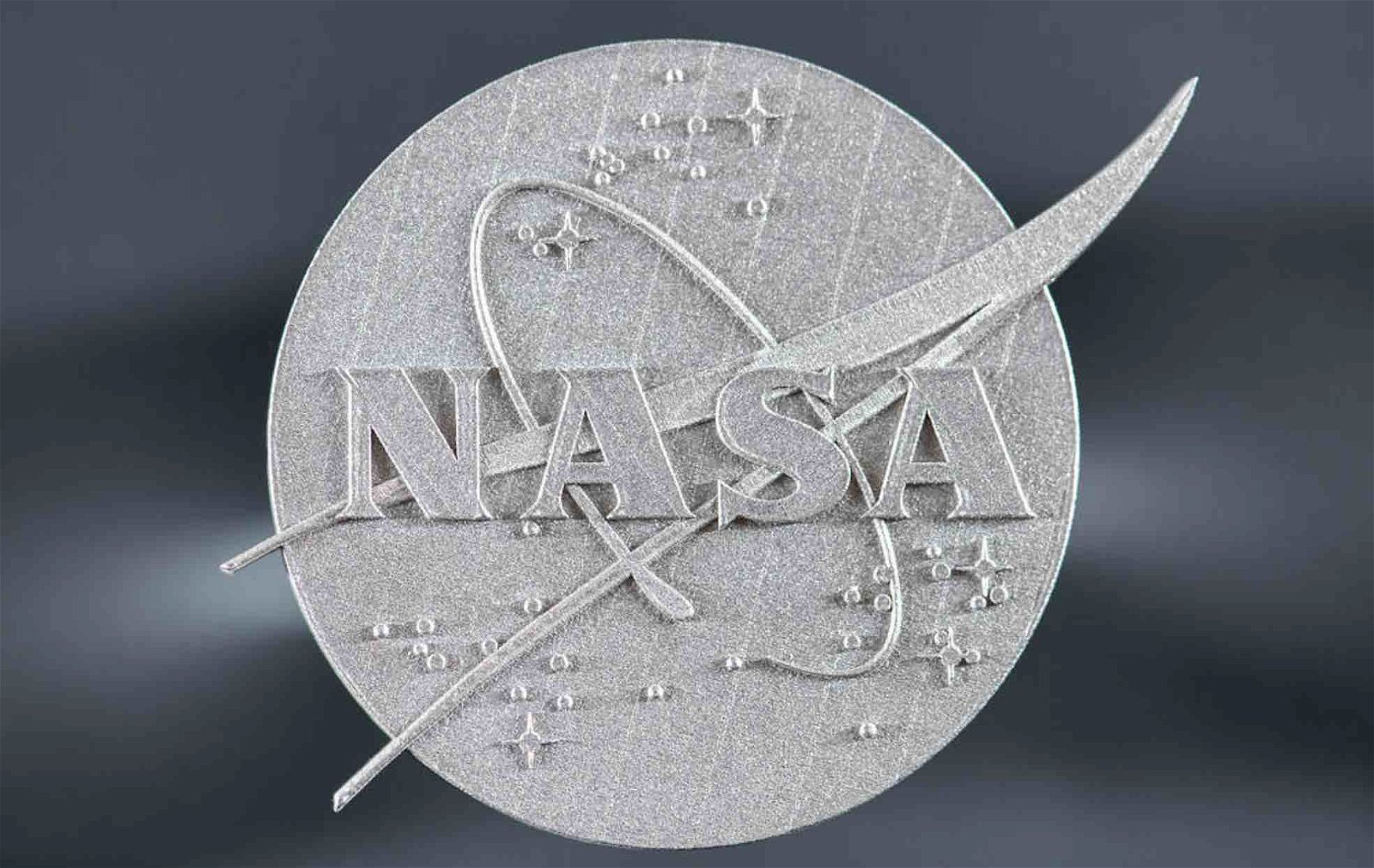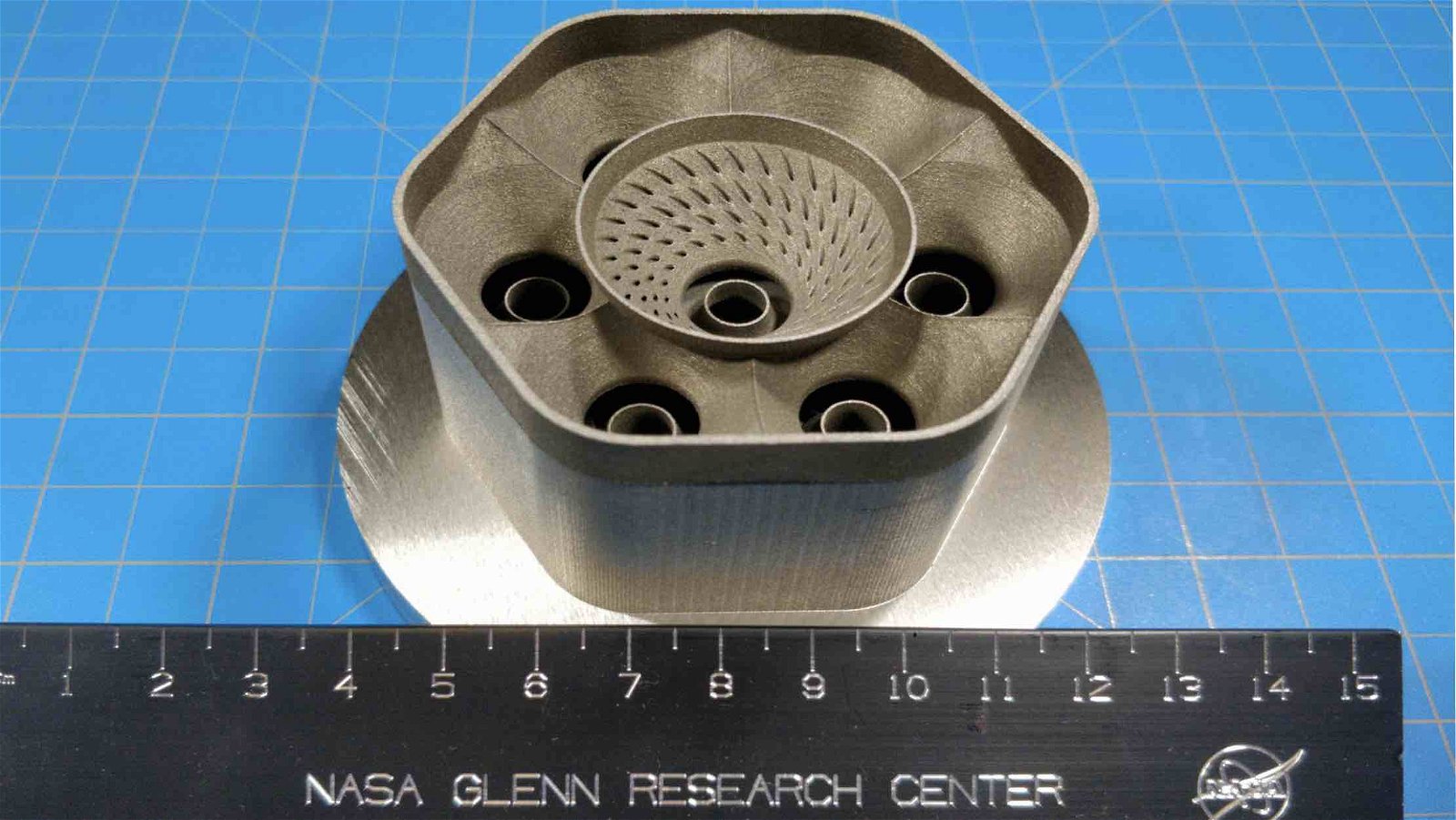An impressive 3D printable superalloy capable of producing components for aircraft and spacecraft with unprecedented durability could represent a major breakthrough for the aerospace industry, according to a new NASA study.
Researchers at Ohio State University say NASA’s remarkable alloy, GRX-810, is capable of withstanding extreme temperatures and other demanding environmental conditions, according to new research into the material’s capabilities.
The superalloy was first produced in 2022 as a part of NASA’s Transformational Tools and Technologies project, which aims to build experimental and computational tools that may prove vital to the advancement of the space agency’s Aeronautics Research Mission Directorate (ARMD).
According to their new findings, the NASA team says the superalloy GRX-810 could “dramatically improve” the durability of several crucial elements in both aviation, as well as the exploration of space, according to a new paper that appeared in the journal Nature.
Recipe for a Superalloy
One of the unique properties GRX-810 possesses that gives it so much strength is the dispersal of small particles throughout its composition, each containing oxygen atoms. The abundance of these oxygen-rich particles throughout the superalloy (otherwise known as an oxide dispersion strengthened) is a major part of what gives it so much durability.
Not only do alloys with properties like these make excellent candidates for the construction of heavy-duty components that are ideal for use with aircraft and in spaceflight, they also generally possess a high level of tolerance for high temperatures. This means they are equally capable for applications that include internal engine components, as well as exterior components that may be exposed to the intense friction against Earth’s atmosphere that occurs during reentry.


GRX-810 is not the first superalloy of its kind that has been generated with help of 3D printing. However, it is representative of the current state of the art in the production of such temperature-resistant materials; in addition to being able to handle temperatures nearing 2,000 degrees Fahrenheit, GRX-810 is also estimated to be 1,000 times more durable than other superalloys, in addition to possessing almost double the resistance to oxidation of other similar materials.
Superalloy GRX-810: Success on the Horizon
“The success of this alloy highlights how model-driven alloy designs can provide superior compositions using far fewer resources compared with the ‘trial-and-error’ methods of the past,” the authors of the recent Nature study write.
“These results showcase how future alloy development that leverages dispersion strengthening combined with additive manufacturing processing can accelerate the discovery of revolutionary materials.”
In line with the AMRD’s efforts to “advance the prediction of future aircraft performance in flight,” the production of GRX-810 could help to facilitate a number of applications that could significantly improve spaceflight, in addition to improving airflow and other elements related to aircraft and spacecraft propulsion.
Dale Hopkins, deputy project manager of NASA’s Transformational Tools and Technologies project, called the development of GRX-810 a “major achievement,” adding that in the years ahead, it could help propel the development of game-changing new designs.
“It may well be one of the most successful technology patents NASA Glenn has ever produced,” Hopkins said.
Micah Hanks is the Editor-in-Chief and Co-Founder of The Debrief. He can be reached by email at micah@thedebrief.org. Follow his work at micahhanks.com and on Twitter: @MicahHanks.

